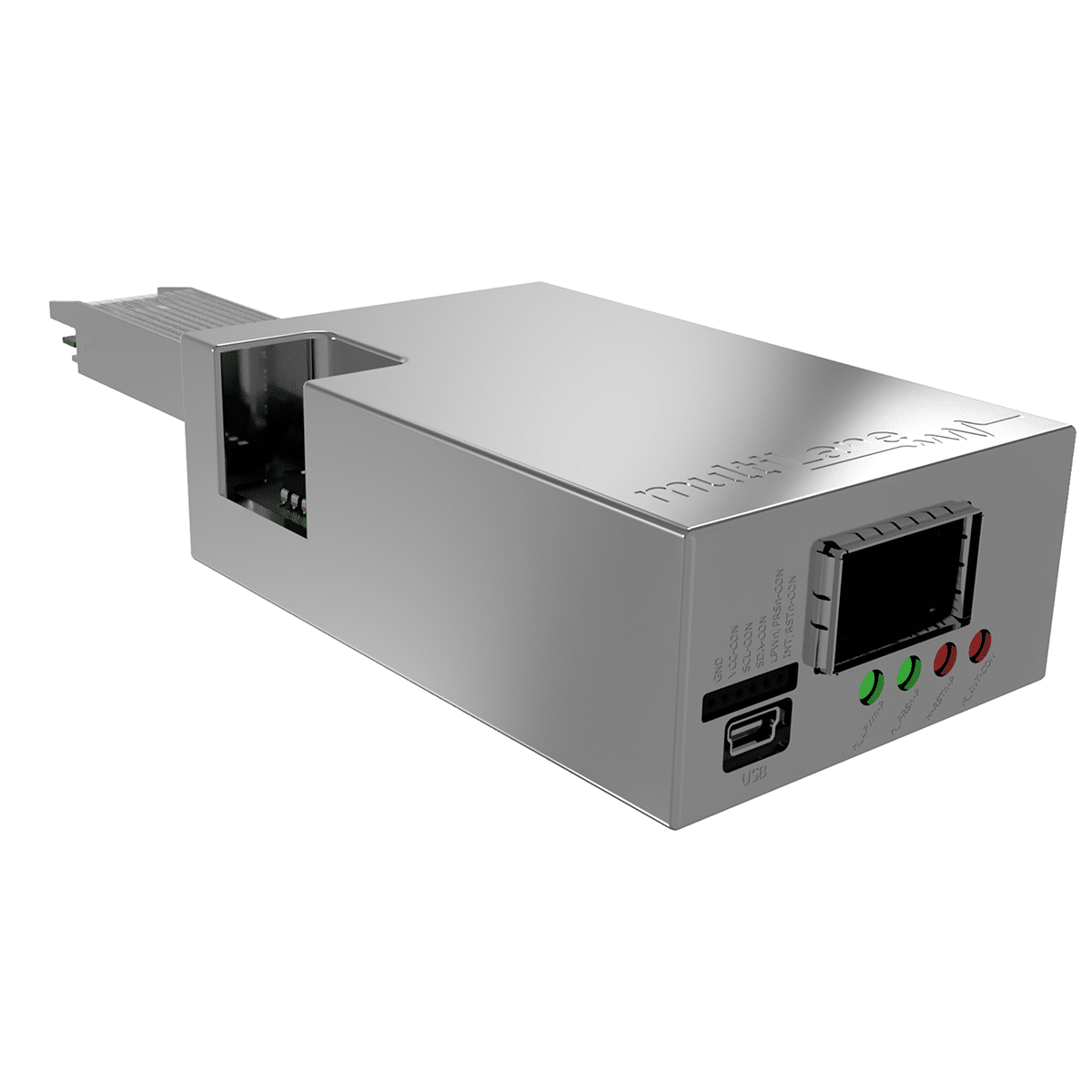CMIS (Common Management Interface Specification) is a management protocol used for optical transceivers operating at 100Gb/s and faster. As speeds supported by transceivers have increased so has the complexity of these modules and associated management of the operation of the modules. As such CMIS is significant for optical transceivers for several reasons, primarily revolving around enhanced functionality, interoperability, and support for higher speeds and more complex systems. The latest version of the standard, CMIS 4.0 adds support for a wider range of transceivers utilising this common protocol.
- Support for Higher Data Rates: As data centres and network infrastructure evolve, there’s a growing demand for higher-speed transmissions. CMIS 4.0 supports higher data rates, which is crucial for optical transceivers in enabling faster and more efficient data transfer, essential for applications requiring high bandwidth, such as streaming services, cloud computing, and large-scale data processing.
- Improved Interoperability: CMIS 4.0 provides standardised specifications for optical transceivers, ensuring better interoperability between devices from different manufacturers. This is critical in complex network environments where components from various vendors are used. It simplifies network operations management and reduces compatibility issues, making it easier for data centres and network operators to upgrade or expand their infrastructure.
- Advanced Diagnostics and Monitoring: CMIS 4.0 includes enhanced diagnostics and monitoring capabilities, allowing for more precise management of optical transceivers. This leads to better performance, as it’s easier to predict and prevent failures, and to maintain optimal operating conditions, thereby reducing downtime and maintenance costs.
- Support for Newer Form Factors: The specification includes support for newer form factors of optical transceivers, such as QSFP-DD and OSFP. These newer form factors can support higher data rates and offer improved thermal performance, which is crucial as data rates and system densities increase.
- Enhanced Security Features: CMIS 4.0 introduces features that can help in improving the security of optical networks. Security is becoming increasingly important, especially in critical infrastructure, and having a standardised way to ensure the integrity and confidentiality of the data passing through optical transceivers is a significant step forward.
- Scalability and Future-Proofing: With the standardised approach of CMIS 4.0, networks are more scalable and future-proof. As network needs grow, network infrastructure based on CMIS can more easily adapt to new technologies and standards, protecting investments and reducing the total cost of ownership.
CMIS is crucial for optical transceivers as it addresses the needs of modern high-speed networks by providing support for higher data rates, ensuring interoperability, improving diagnostics and monitoring, supporting newer form factors, enhancing security, and offering scalability. This is essential in meeting the current and future demands of data communication networks.
The Nexus Analyser automated testing of the CMIS interface for 800G transceivers, ensuring that both transceivers and transceiver host modules are compliant with the appropriate CMIS specifications. This key functionality can accelerate the time to market for 800G products. To find out more, contact us today.

